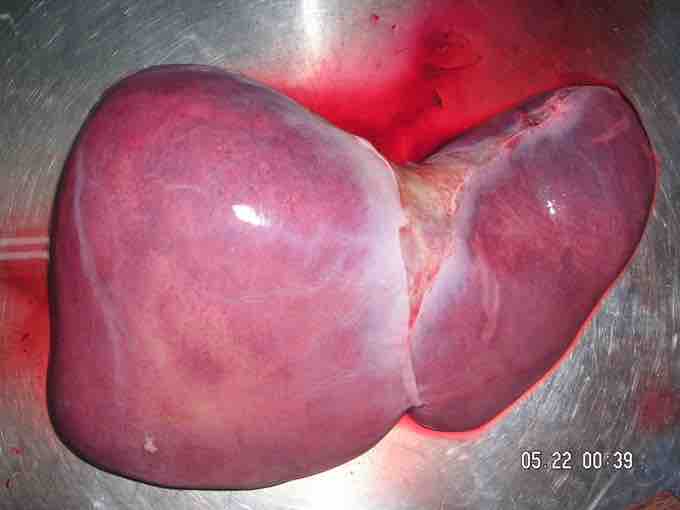The Role of the Liver
The liver normally weighs between 1.3—3.0 kilograms and is a soft, pinkish-brown organ. It is the second-largest organ in the body, and is located on the right side of the abdomen.
The liver plays a major role in metabolism and has a number of functions in the body, including glycogen storage, plasma protein synthesis, and drug detoxification. It also produces bile, which is important for digestion.
The liver is supplied by two main blood vessels on its right lobe: the hepatic artery and the portal vein. The portal vein brings venous blood from the spleen, pancreas, and small intestine so that the liver can process the nutrients and byproducts of food digestion.

Human liver
Photo of recently removed human liver.
Bile
The bile produced in the liver is essential for the digestion of fats. Bile is formed in the liver, and it is stored in the gallbladder or released directly into the small intestine. After being stored in the gallbladder, the bile becomes more concentrated than when it left the liver; this increases its potency and intensifies its effect in digesting fats.